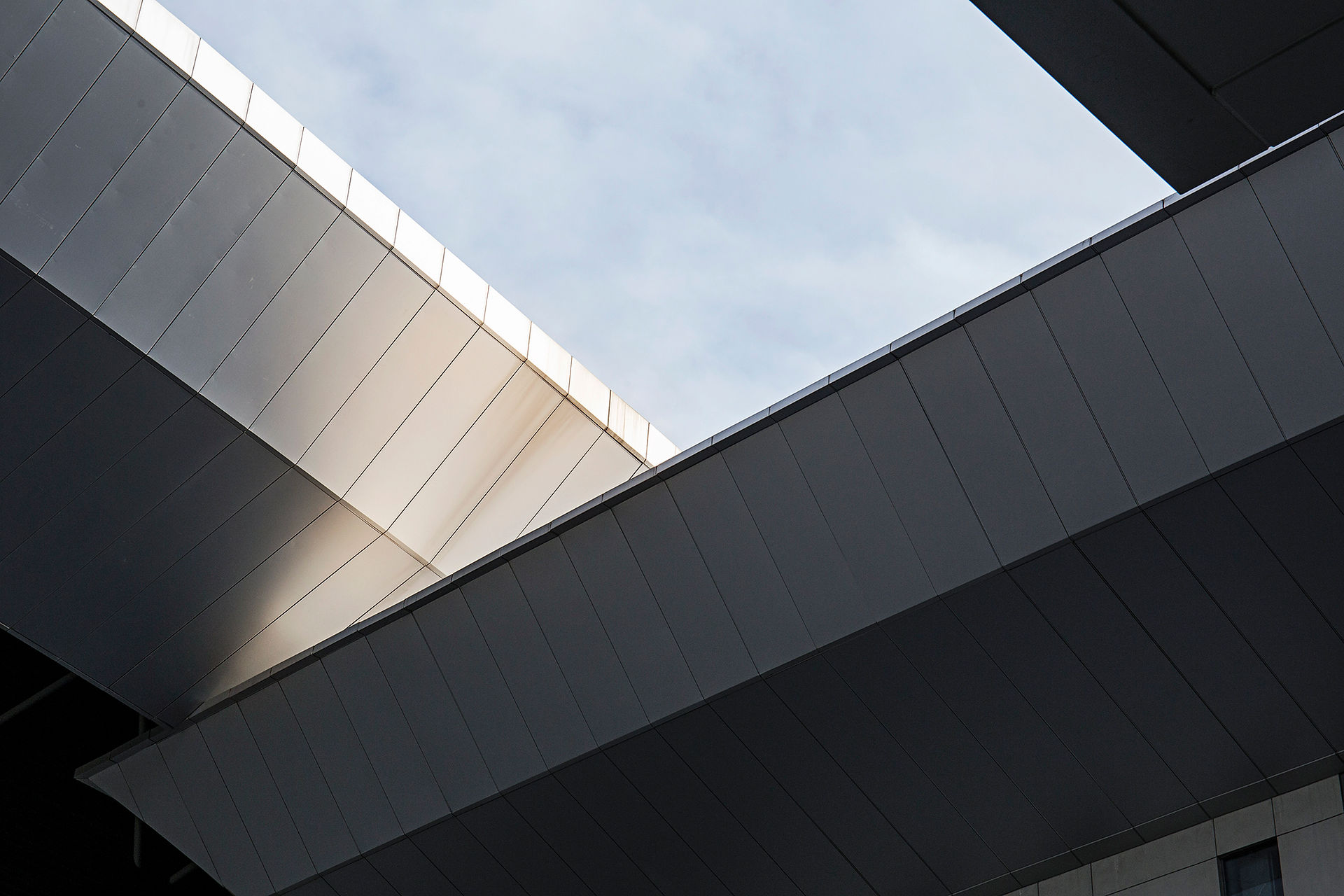Traditional Design: Timeless Elegance
- JI Infante
- Jan 26, 2024
- 4 min read

Step into a world of warmth, character, and refined craftsmanship. Traditional design is more than just about antiques and formality. It's about rich history, vibrant patterns, and enduring materials.
From stately Georgian manors to cozy country cottages, explore the timeless appeal of tradition. Discover how to infuse your own space with the charm of yesteryear, balanced with modern sensibilities.
So, dive into this guide and unlock the secrets of creating a home that speaks of heritage, comfort, and enduring elegance.
A Timeless Legacy in Architecture and Interiors
Traditional design boasts a rich history, echoing grand European styles of the 18th and 19th centuries. In architecture, think stately Georgian mansions with symmetrical facades and Palladian windows, or charming English cottages with brick exteriors and thatched roofs.
Interiors were adorned with hand-carved furniture, intricate moldings, and opulent fabrics like velvet and damask. This era also birthed iconic sub-styles like French Rococo, known for its playful curves and gilded accents. It also embraces the English Regency, characterized by clean lines and neoclassical influences.
Over time, traditional design evolved, embracing elements of modernism and contemporary trends. Today, it's no longer confined to stuffy museums but thrives in a vibrant, adaptable form.
Its warm and inviting aesthetic speaks to those who appreciate quality craftsmanship, enduring classics, and a touch of refined elegance. Think of professionals who value heritage and stability, or families seeking a sense of comfort and timelessness in their homes.
Key Elements of Traditional Design

Traditional design weaves its magic through a symphony of elements, each enhancing the atmosphere of comfort and sophistication.
Architectural Harmony
Symmetry and balance aren't just aesthetic choices in traditional design; they're the foundation for a harmonious flow. Imagine a formal dining room where chairs gracefully line a central table, mirroring each other across the axis.
This arrangement extends beyond furniture placement. Windows and doors often align, fireplaces become focal points, and even architectural details like moldings and cornices echo one another.
Although, balance doesn't have to be rigid. Play with slight variations in furniture size or pattern scales to avoid a sterile feel. Introduce asymmetry through artwork or statement pieces for a touch of dynamism.
Furniture as Heirlooms
Traditional furniture features classic silhouettes and rich materials like mahogany or walnut. Think wingback armchairs, roll-top desks, and beautifully crafted dining tables built to last generations.
Statistics show antique furniture sales have climbed 40% in recent years, reflecting a renewed appreciation for quality craftsmanship and timeless design. Still, don't be afraid to mix vintage and modern pieces.
An antique writing desk paired with a sleek chair creates a dynamic conversation between eras. Look for handcrafted details like dovetail joints or marquetry; these elements speak to the care and skill invested in each piece.
Layered Textures and Patterns
Traditional interiors embrace a symphony of textures, from luxurious velvet upholstery to nubby wool rugs and crisp linen curtains. Pattern plays a starring role, with florals, stripes, and damasks dancing across textiles and wallpapers.
Create a cohesive color palette for your base, then introduce patterns in varying scales. A large floral print on curtains can be balanced with smaller stripes on throw pillows. Don't be afraid to mix and match patterns, but ensure they share a common color or motif for a unified feel.
Artful Accents

Traditional spaces are never static; they're living galleries brimming with personality. So, curate your collection with intention. Choose pieces that speak to you, evoking memories or sparking joy.
Don't be afraid to display personal objects like family photos or travel souvenirs alongside traditional artwork. Let your space tell your story through the things you love.
Warm and Welcoming Palettes
Traditional color palettes are like warm embraces, enveloping you in comfort and familiarity. Imagine the rich glow of a mahogany bookcase against deep crimson walls or the sun-kissed warmth of golden yellow accents dancing across a room bathed in earthy browns.
However, don't be afraid to add pops of cooler colors like blues or greens for a refreshing contrast. But keep the base warm and inviting. Consider the natural light in your space when choosing colors; south-facing rooms can handle deeper tones, while north-facing rooms may benefit from lighter shades.
Timeless Treasures: Advantages of Traditional Design
Enduring Value and Quality: Traditional furniture and décor pieces, often crafted from high-quality materials and built to last, hold their value over time. Investing in an antique sideboard or a hand-woven rug becomes an investment in your home's heritage and future.
Adaptability and Personalization: While rooted in history, traditional design isn't static. Its classic foundation allows for endless personalization. Incorporate modern accents like sleek lighting or contemporary artwork to update a space without sacrificing its timeless charm.
Comfort and Familiarity: Traditional spaces exude warmth and inviting embrace. The familiar lines and timeless elements create a comforting atmosphere, perfect for unwinding after a long day or hosting cherished gatherings.
Legacy and Storytelling: Traditional design carries a whisper of the past, connecting us to family heirlooms and generations gone by. Owning a piece of antique furniture or a vintage painting is like owning a piece of history, enriching your space with tales untold.
Embrace the Legacy: More than Just Aesthetics

Traditional design transcends mere aesthetics. It's a celebration of heritage, craftsmanship, and the enduring beauty of classic elements. So, whether you're drawn to its warmth and comfort or captivated by its rich history, delve into this legacy and weave a tapestry of timeless elegance in your home.
Ready to share your thoughts on traditional design? Leave a comment below and let's keep the conversation flowing! Oh, and don't forget to follow our Facebook page for more design inspirations.




Comments